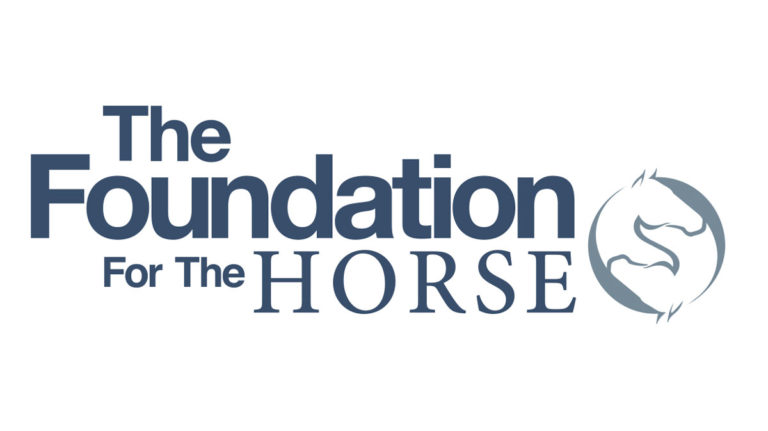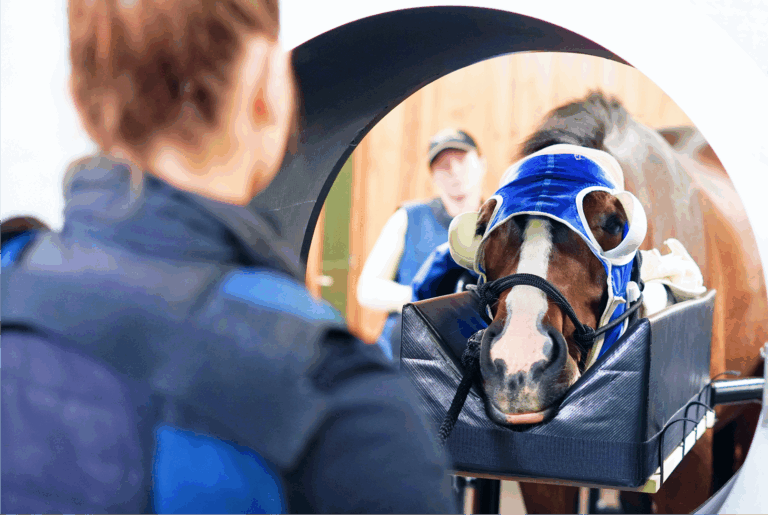 Credit: Photos.com Marketing strategies are important ways to help you earn more money. Be confident in sharing your story about what is unique about you and your practice.
Credit: Photos.com Marketing strategies are important ways to help you earn more money. Be confident in sharing your story about what is unique about you and your practice.The Merriam-Webster definition of marketing sounds straightforward. However, “Marketing is a field that is hard to define and largely misunderstood,” said Kathryn Stewart, president of Stewart & Associates, Inc. in Louisville, Kentucky. Why? Contributing factors include all the jargon, as well as the fast-paced nature of the field. Veterinarians in particular struggle with marketing because, despite years of training, many leave school without a solid understanding of why marketing is key to building a successful practice.
“The most current veterinary programs lack an essential piece of training— business management— which includes marketing,” said Robert Magnus, DVM, MBA, president of Wisconsin Equine Clinic and Hospital in Oconomowoc, Wisconsin, and a veterinary business consultant. However, time spent crafting a well-developed marketing plan can and should promote the financial and operating success of any practice. It can help to determine the way your practice should be designed and the services you should promote.
Stewart added that a marketing plan helps you identify “the right services, so you can deliver them at the right price, so you can make money in the process and at the right time, so you can manage your practice and your life.”
Using the five marketing skills outlined in this article can help you achieve greater success in reaching the right client with the right message. This should bring you closer to the business goals developed for your practice.
1. Research
Research provides information about your market area, your competitors and your clients’ needs. Conducting market research includes the process of analyzing data and trends to help you understand which products and services are in demand and how to be competitive.
“The first marketing skill any veterinarian needs is to understand [his or her] customer’s needs,” Magnus said. It’s important to consider the type of horse owner located within your market area and the services that client may need. A practice located in Lexington, Kentucky, for example, is likely to service Thoroughbred racehorse owners who require advanced diagnostic services, cuttingedge reproductive services and access to surgical clinics.
 Research can help you target your marketing to get the most bang for your buck.
Research can help you target your marketing to get the most bang for your buck.On the other hand, a practice located in an area with mostly recreational horse owners will likely serve clients most interested in general health care.
In many situations, a practice will be located in an area with diverse client groups and the veterinarian has to decide whether to specialize or offer services to multiple groups.
While learning about current and potential client needs, it’s equally important to learn about other equine veterinary practices in the area and the industry as a whole. This can help you reduce risk in your business, spot current and upcoming trends and identify opportunities for growth.
The United States Small Business Administration is one source that can provide statistics about general economic indicators, as well as income and earnings. Equine associations such as the AAEP may be able to provide statistics more related to the equine industry.
2. Strategize
A strategy ensures your marketing message is seen by—and resonates with— the customers you are trying to reach. “Everyone looks for the silver bullet and jumps right to the tactics without having a strategy behind what they are doing,” Magnus said.
A marketing strategy includes creating messages that motivate a client to use your services. Depending on the diversity of your client base, that could mean targeted messages to different groups of horse owners. If your practice recently invested in a surgical suite, for instance, the message should be written to emphasize these enhanced services. On the other hand, general marketing themes that focus on high-quality customer service or a holistic approach to horse health care can meet the needs of many horse owners.
Developing a marketing strategy also includes deciding how/where to share your message. While a practice website is important, “Listing services on a website is not enough to let people know what you do and what you’re good at,” Magnus explained. Advertising online, in print publications, through a blog or on social media are all tactics that should be considered for a marketing strategy. Not every tactic will be a good fit for every practice. “You need to implement tactics that align with your budget and business plan,” he said.
Well-developed strategies should include a process for evaluating the success of the tactics used. “You can’t measure everything for return on investment (ROI), but you can measure some things,” Magnus noted. The results provide a picture of how well the current strategy accomplished the defined goals while offering insight into how the strategy should be modified in the future.
3. Communicate
To benefit from all the efforts put into creating a marketing strategy, the plan needs to come to life. Communicate key messages and communicate them often.
Since communication is a two-way process, it’s important to remember that it is as much about listening as it is about sharing. “Your horse owner clients want to talk to you about their horses and their concerns. They will tell you how best to provide services for their horses if you listen,” said Kathryn Stewart. “Just by behaving as if you care about clients and want to help them to better know you and what you are about will often lead to more business from more customers of the most value.”
When it is time to talk with your clients, Stewart suggested using language that is easy to understand. “Once you know your client and adjust your communication style to his or her understanding, you will be better able to educate that horse owner to use your advice and services ideally,” she said.
Maintaining regular contact establishes a deeper relationship with your client rather than positioning you as little more than an emergency responder. “Find a way to reach out to your owner clients often and remind them of your interest in the health of their horse[s],” she explained. Newsletters, blogs or social media platforms can be used to share information and stay in touch in between visits to the barn.
Conversations with clients will not always be easy. “Don’t leave clients wondering or worrying. Be first to approach hard topics, such as costs of procedures, uncertain outcomes, etc.,” she said. “Clients usually won’t tell you if they were dissatisfied; they will just be less likely to use you in the future.”
Finally, be confident in sharing your story. “Hone a strong ‘elevator speech’ that identifies in a few words what is unique about your practice, your skills, your services or your approach to delivering these,” she said. This message should be communicated in everything you do, from meeting new clients to sending out reminders.
4. Curiosity
The economy, the local market and marketing strategies continually evolve. Having a level of curiosity about what drives customers’ decision-making processes and how best to reach those customers allows a practice to stay nimble and adjust to an ever-changing marketplace.
Enrolling in a course at a local university when you have the time is one way to stay current with changing marketing trends. Industry-specific training, such as courses and conferences offered by Magnus’ Equine Business Management Strategies (equinebusinessmanagement. com), are developed by veterinarians and specifically address challenges facing them.
Following the strategies used by companies unrelated to the equine industry can often provide unexpected insights. The American Marketing Association is a great resource that connect individuals with all types of general information, education and tools on marketing. Information is available on the association’s website (ama.org). Additionally, “Fast Company (fastcompany.com) is one of my favorite resources to learn from the success of other companies and in other industries,” Stewart said.
5. Follow Through
Perhaps the most important marketing skill is following through. You can invest time and money conducting market research, strategizing and preparing, but if you don’t follow through and take action, your efforts might prove to be fruitless.
“It’s like exercise or nutrition. To be successful requires a long-term commitment,” Stewart said.
Once an effort is introduced to customers, it’s necessary to devote the time, energy and resources to producing it on a regular basis.
“Whatever it is you choose to do to get your name out—be it advertising, social media, writing articles or attending events—make sure you plan to continue it, or don’t start,” Stewart concluded.




